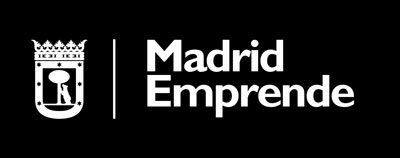- The genesis of the European Central Bank (ECB) was the decision taken in 1988 to establish an economic and monetary union
- On May 25, 1998, the six members of the first executive committee of the ECB were chosen.
The genesis in the creation of European Central Bank (ECB) was the decision taken in 1988 to establish an economic and monetary union. This means free movement of capital in Europe, a common monetary authority and a single monetary policy in the eurozone countries.
On May 25, 1998, the six members of the first Executive Committee of the ECB were chosen. But it was not until June 1 of that year when the body officially began to operate, under the Treaty of Maastricht.
Definition
The European Central Bank (ECB) is the institution of the European Union that forms the core of the Eurosystem and the Single Supervisory Mechanism, with its own legal personality and headquarters in Frankfurt.
The Eurosystem is made up of the ECB and the national central banks of the states that have adopted the euro. The main objective of the Eurosystem is to maintain price stability, that is, to safeguard the value of the euro.
Under the Single Supervisory Mechanism, the ECB is responsible for the supervision of credit institutions located in the euro area and in participating non-euro area member states. For all these reasons, the ECB contributes to the safety and soundness of the banking system and the stability of the financial system in the EU and in each participating member state.
Main goal
The European Central Bank is the central bank of the twenty EU countries that have established the euro as their official currency. The main task of the ECB is to preserve price stability in the eurozone, in order to maintain the purchasing power of the euro. In turn, it defines and executes the economic and monetary policy of the euro area.
The 20 countries that have adopted the euro as their official currency are: Germany, Austria, Belgium, Cyprus, Croatia, Slovakia, Slovenia, Spain, Estonia, Finland, France, Greece, Ireland, Italy, Latvia, Lithuania, Luxembourg, Malta, Countries Netherlands and Portugal.
How the European Central Bank works
The European Central Bank is made up of the following management and decision-making bodies:
- government council
- Executive committee
- General advice
- Supervisory Board
During this year 2023, the ECB celebrates its quarter century of existence.

